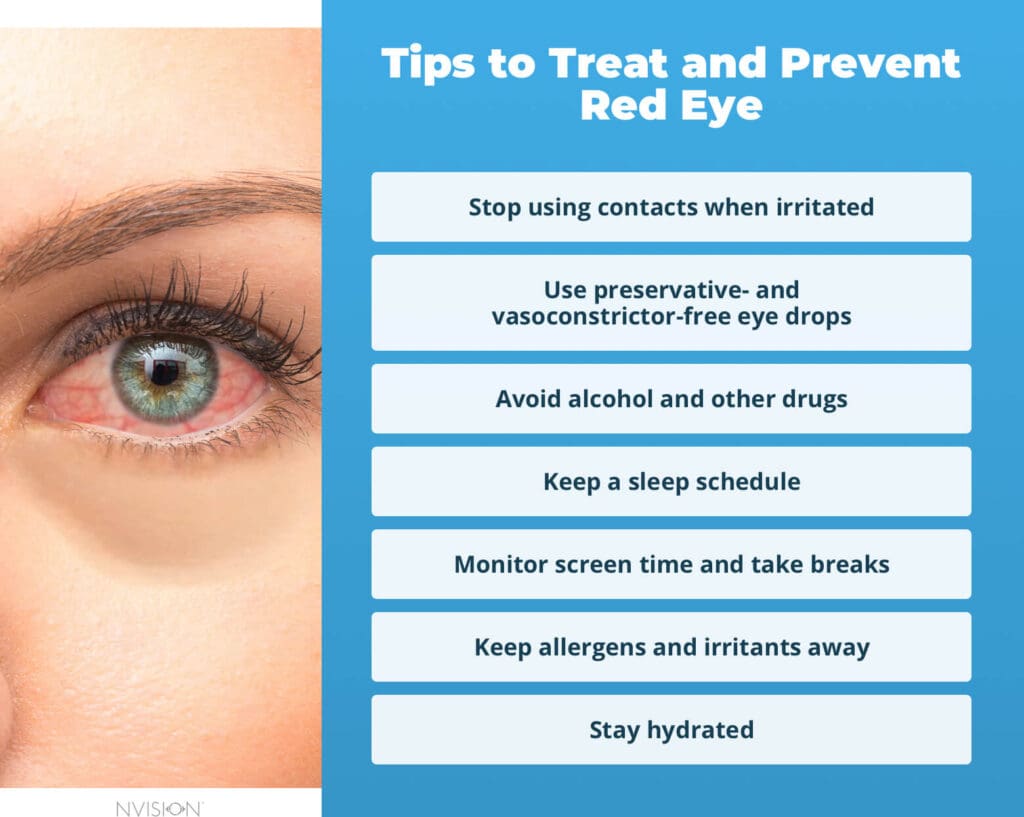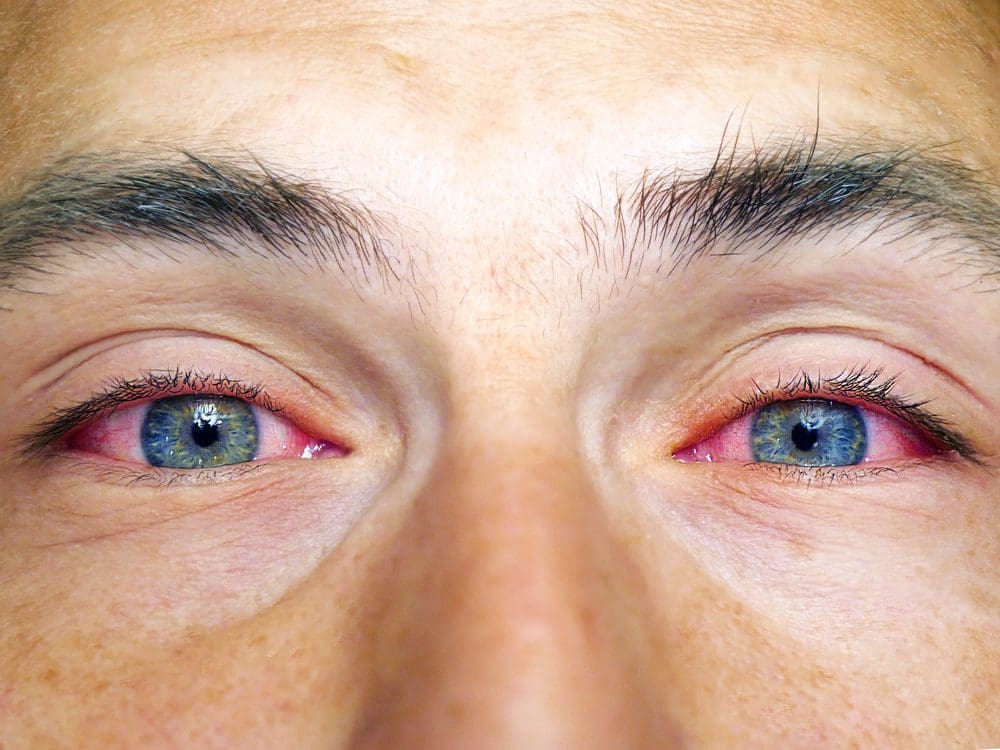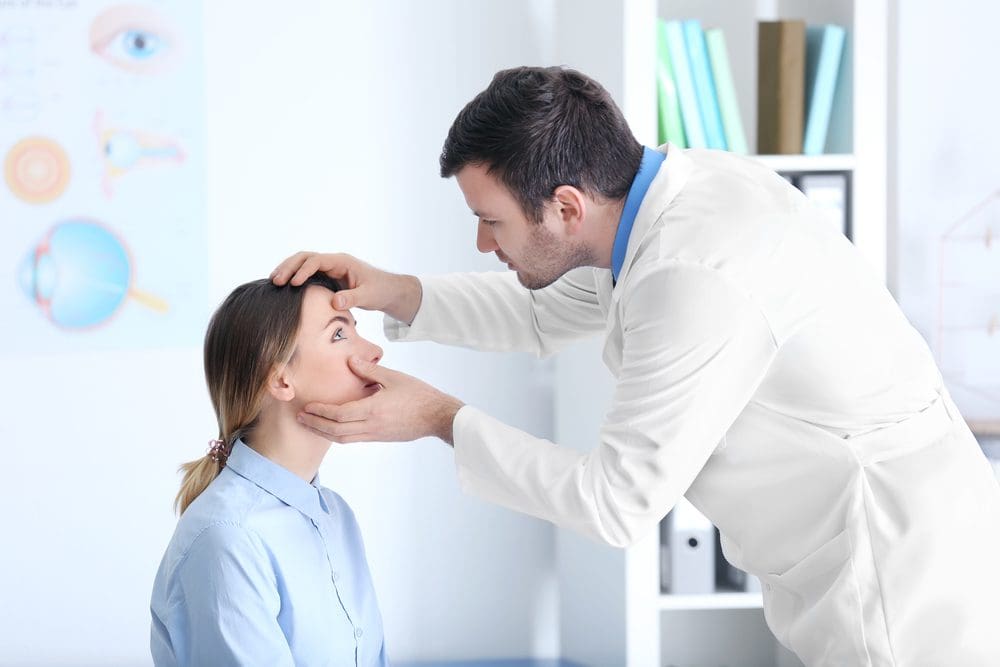Seeing Blue Vine Like in My Vision Sometimesbright and Sometimes Dull
Among many other important parts, your eye contains one main artery and one main vein. These both branch out to supply blood to the rest of the eye.
Normally, these branches are invisible. Certain problems, some minor and some more serious, can lead to them becoming visible.
Eye redness, which can result in visible veins, is a relatively common issue that can be caused by things as minor as allergies or dust. If your symptoms are severe or don't go away in a day or two, it usually indicates something serious enough to warrant a doctor's visit. Since serious eye problems can lead to sight-threatening problems, it is important not to delay if the issue doesn't quickly resolve.
While many conditions can contribute, veins become visible due to dilation of tiny blood vessels in the eye. This makes normally hidden veins in the eye very obvious.
At home, cutting down on certain habits like alcohol use and staring at digital screens can reduce eye strain, as can switching from contacts to glasses for a while. When you're at the point where you are seeking solutions to resolve your eye trouble, that generally means it is serious enough to go to a doctor, if only to make sure you get an accurate diagnosis.
A doctor can make sure you do not have any serious eye conditions causing your redness. They can prescribe treatment as necessary regardless of the underlying cause. Depending on your problem, they may just suggest lifestyle changes and perhaps some eye drops, or they may put you on some medication.
Blue veins under the eyes are usually not anything to be worried about. The skin around the eyes is sensitive to wear, and even normal aging can cause blue veins to appear. If these lines bother you, cosmetic surgery is possible to at least partially correct them.

Red and Blue Eye Veins
Eye anatomy is relatively complex. Within the eye are many parts that work together to allow a person to see. These systems are fairly precise. If something goes wrong, it can potentially signal a sight-threatening problem if not addressed.
This is why it is essential to stay aware of any changes or problems occurring with your eyes or vision. One of the more common problems people notice with their eyes is a suddenly visible red vein or veins.
Within each of your eyes is one main artery and one main vein . These both branch out, not unlike a tree's many branches reaching out from the main trunk. This allows the vein and artery to more evenly deliver blood throughout your eye.
Certain problems can make your normally clear eyes look like they have veins running through them. Simply put, they do have veins and arterial branches running through them; they are just usually not especially visible.
Blue veins, which are sometimes visible underneath the eyes, are a different issue related to the skin. These are common as people age. These blue veins generally don't represent a problem, but some people find them unappealing aesthetically.

Should You Worry About Visible Vein and Arterial Branches?
Whether to worry about visible veins in your eye is usually a matter of severity. Most people deal with some redness in their eye occasionally without ill effect.
Eye redness, which sometimes manifests as clearly visible red veins in the eye, has a number of common causes, including:
- Overexposure to the sun.
- Particles like dust getting into the eye.
- Eye dryness.
- Allergies.
- Infection.
- Eye injury.
Especially with eye injury, this redness (which is often painless) can sometimes signal a larger issue. You should see a doctor if you experience:
- Redness that lasts longer than two days.
- Discharge from the eye.
- Photophobia, which is pain when looking at light.
- Eye pain or vision changes.
- An object, including small particles, lodged in your eye.
You also need to see a doctor if you are on a blood thinner when you have eye redness, even if you do not experience any other symptoms.
You should go to the hospital immediately if your eye is in any way clearly penetrated, such as by sharp debris, especially if you immediately experience redness or vision problems. You must be very careful not to move the debris around or rub your eye in the meantime. This could result in a greater risk of permanent vision loss.
As a general rule, if it isn't clear whether you need medical attention, see a doctor just to be safe. If your eyes seem very bloodshot or you otherwise are in any significant discomfort, it is best to make sure there is no major problem with your eyes.
Why Do the Veins Become Visible?
Red eye is caused by the dilation of tiny blood vessels in the eye. Blood vessels that are normally invisible or nearly invisible can suddenly become swollen. Thus, red veins become visible in the eye.
You are at greater risk for developing red eye if you also engage in certain unhealthy habits. Excessive alcohol consumption or smoking, lack of sleep, and staring at digital devices for too long are all often attributed to worse red eye.
What to Do and What to Avoid
When trying to deal with red eye, one of the first things you should do is stop using contacts. These can irritate the eye, and sometimes, they may be the root cause of the problem. Glasses should be perfectly fine to use even with irritated eyes.
You can moisten your eyes with preservative-free lubricating eye drops, which can reduce dryness and are generally safe. In some cases, this may even solve the problem. Again, if you gotten to the stage where you feel these are necessary, it is still best to see a doctor.
Adopt lifestyle and habit changes that are kinder to your eyes. Follow these steps:
- Avoid alcohol and other drugs.
- Promote healthier sleep by keeping a set sleep schedule.
- Aim to keep allergens and irritants away from your eyes.
- Monitor your screen time. Take breaks at least every 30 minutes, if possible.
- Stay hydrated.
Avoid eye drops containing vasoconstrictors, often marketed as red eye removers. These constrict the blood vessels in the eye, and they can conceal the problem. Often, you will slowly need more and more to achieve the same result. These drops can even lead to more severe red eye when you stop using them.

How Can a Doctor Help?
A doctor can get to the root cause of why your eyes are red. In some cases, the redness may be due to sight-threatening conditions, such as corneal ulcers. Even if your problem is less serious, it can be helpful to have a professional identify the problem to put your mind at ease.
A doctor can wash your eyes out if there is any foreign bodies in them. If untreated, these foreign bodies could lead to serious eye damage. A doctor can prescribe any medications that are necessary, or they might suggest you use eye drops and make minor lifestyle changes, as described above. As with anything in medicine, the proper treatment depends on what is causing your symptoms.
When seeing a doctor, describe any symptoms you have and any relevant details about your lifestyle, such as medical conditions, drug use, and allergies. If you wear them, bring in your contacts, so your doctor can check to see if they might have bacteria or any other issues that are causing the redness.
What About Blue Veins Under the Eye?
The skin around the eyes is one of the most delicate spots on the body. This makes it prone to wear, which can sometimes mean the veins in that area (periorbital veins) become visible with age or injury.
While not dangerous, many people find these veins unsightly and associate them with aging. If these blue veins bother you, there are cosmetic procedures that can correct them, such as microphlebectomy, laser treatment, or sclerotherapy.
Of these procedures, sclerotherapy is often preferred. With this procedure, the veins are injected with a solution that causes them to collapse and fade. Sclerotherapy tends to cause little bruising. It is usually not very painful and comes with few risks.
References
Anatomy of the Eye . Kellogg Eye Center.
What Is Branch Retinal Vein Occlusion (BRVO)? (November 2018). American Academy of Ophthalmology (AAO).
Muscles, Nerves, and Blood Vessels of the Eyes . (March 2019). Merck Sharp & Dohme Corp.
Red Eyes (Bloodshot Eyes): How to Treat Red Eyes . (July 2019). AAV Media.
Eye Redness . (August 2018). MedlinePlus.
Large Blue Veins Near the Eye . (August 2014). California Vein Specialists.
The information provided on this page should not be used in place of information provided by a doctor or specialist. To learn more, read our Privacy Policy and Editorial Policy pages.
Source: https://www.nvisioncenters.com/eye-health/visible-eye-veins/
0 Response to "Seeing Blue Vine Like in My Vision Sometimesbright and Sometimes Dull"
Post a Comment